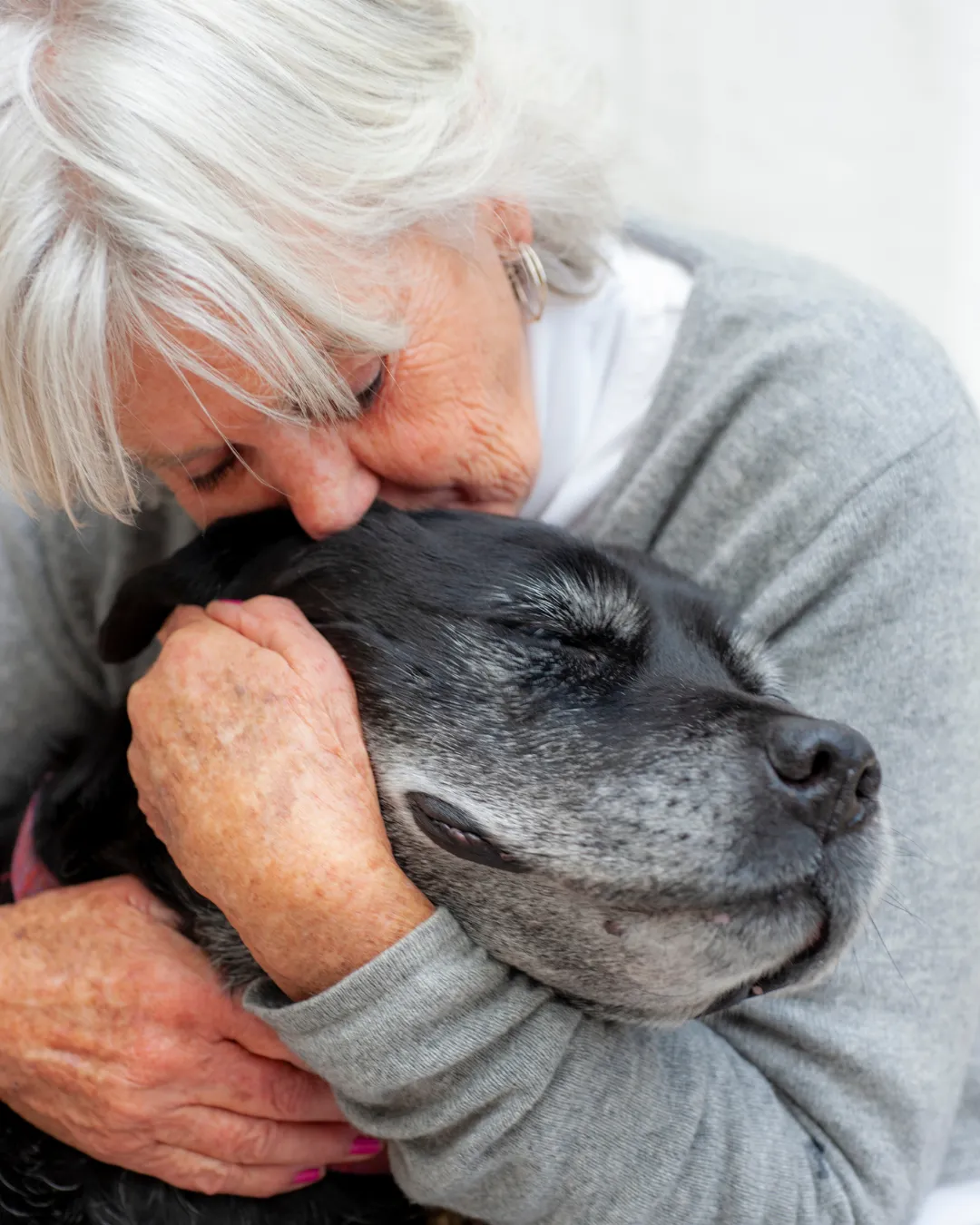What are
stem cells?
Stem cells play a vital role in tissue repair and recovery, making them valuable in human and veterinary medicine. Stem cells are capable of becoming all the different types of cells.
They maintain the body’s function in three key ways:
1. Self renewal: Stem cells multiply to grow tissues, repair damage and keep the body running well.
2. Specialisation: Stem cells start out as “generalists” and specialise into specific types, such as muscle, nerve or skin cells.
3. Maintenance: Stem cells repair damage, clear out old/faulty cells and help tell other cells what to do to promote healthy function.
.avif)
How it works
How it works

Stem cell retrieval
It’s simple to retrieve your pet’s stem cells during a routine procedure at your vet, such as desexing or dental procedures. Simply register with us beforehand, let your vet know and we’ll take care of the rest.

Stem cell banking
Your pet’s stem cells are safely stored in our secure biobank, with rigorous quality checks at the time of storage and before any future use. This ensures they remain viable and ready for personalised treatment whenever they're needed.

Stem cell therapy
When your pet needs their stem cells to treat common conditions, such as arthritis, hip or elbow dysplasia or other joint or muscle issues, your vet can use them to relieve pain and restore mobility longer term, often avoiding surgery and medication dependence.

How old is too old for stem cell banking?
We always say the best time to bank your pet’s stem cells is when they’re young. The next best time is now… the sooner the better, but that doesn’t mean an older pet won’t benefit from stem cell treatments. If you’re not sure about banking, check your pet’s eligibility or get in touch with us.
Helping your pet live longer, backed by global science
Which dog breeds are predisposed to arthritis?
Around 80% of dogs over eight are estimated to have arthritis. Large breeds like Labradors, Golden Retrievers, and German Shepherds are especially prone, but smaller breeds like Dachshunds and Cocker Spaniels can also be affected as they age.
Your pet’s own cells versus donor cells: Why it matters
Using your pet’s own stem cells (autologous) is generally the safest and most effective option. They’re a perfect genetic match. Donor cells can carry higher risks and rates of rejection, sometimes requiring immunosuppressants to be used safely.
What’s next for stem cell treatments?
While stem cell treatments are already globally proven for arthritis, dysplasia and other joint-related issues, promising overseas data shows stem cell therapy may also help treat canine kidney and liver disease, and even autoimmune conditions.
Sign up today. Protect their tomorrow.
More good years together, with better treatment and prevention options.

.svg)




